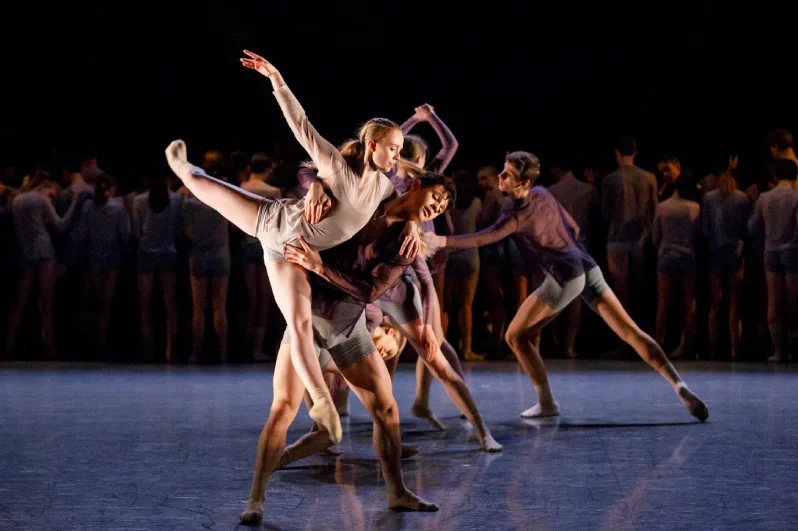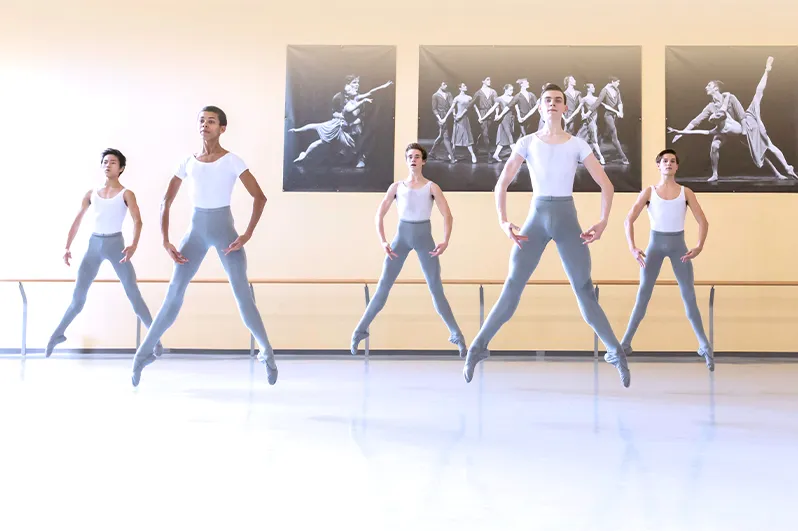Centering Equity Across the Organization
We envision ballet as a vibrant and thriving art form that embraces and reflects the full diversity of Canada and its peoples.
Access and inclusion have been central to our mission of empowering all Canadians to embrace the transformative power of dance. Our work in this area has been underway for many years, focusing on building program delivery and participation that reflect Canada’s evolving demographics.
However, events in 2020—including the murder of George Floyd, the subsequent amplification and mobilization of the Black Lives Matter movement, and the concerns and advocacy voiced by members of the NBS community—underscored our responsibility to take action and go further by ensuring that equity and inclusion drive every one of our organizational practices, policies and programs.
We felt an immense sense of urgency to dig deeper and confront the systems that create inequities within our organization and work toward advancing equity at NBS but also in the wider dance sector. It became clear that we must set a higher standard for our strategic goals and the actions we take to reach them.
In the ensuing months and years, both here at NBS and through our privileged place at the table of the global ballet community, we have made stronger commitments and outlined clearer paths for systemic change.
We envision ballet as a vibrant and thriving art form that embraces and reflects the full diversity of Canada and its peoples. Systemic change is a marathon, not a sprint. And while ballet and the world have a long way to go, we are confident that NBS’ work, planning and actions now are leading us to a time when our students, staff and all program participants will be reflective of the full diversity of this country.





.webp)



